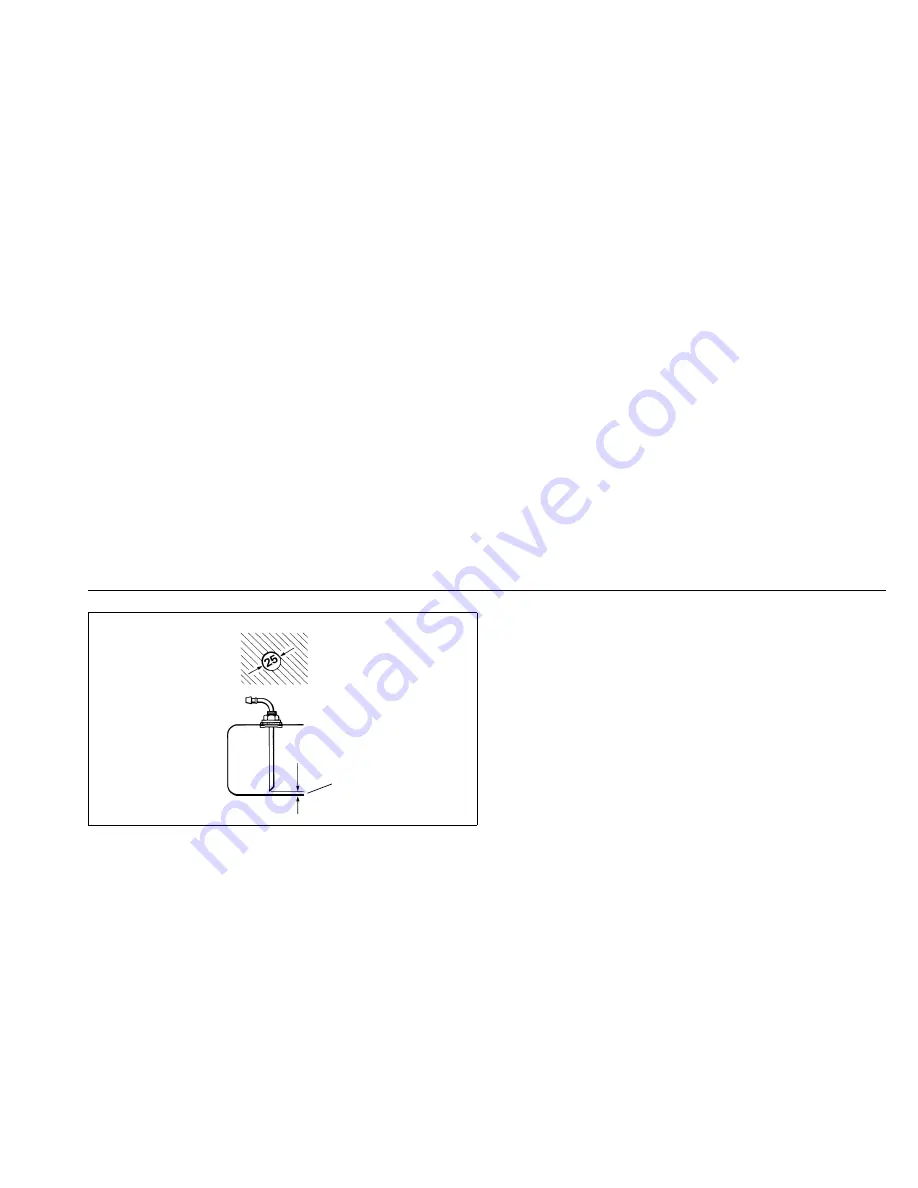
Fuel supply
93
12.4. Fuel lines
Only steel, copper and plastic lines of plasticised, light and temperature-
stabilized PA 11 or PA 12 (e.g. Mecanyl RWTL) pursuant to DIN 73378 may
be used as fuel lines. Since the lines normally cannot be routed with a con-
stant rising gradient, the internal diameter shall not exceed 2 mm. In larger
fuel lines air or gas bubbles would accumulate and cause malfunctions.
12.4.1.
Routing
The lines should be routed upwards from the fuel pump to the heater to
facilitate automatic bleeding.
Avoid passing or crossing of hot areas (e.g. crossing of exhaust line) at a
distance of less than 100 mm without using thermal shields.
Fuel lines must be tightened to the vehicle’s chassis to prevent sagging.
They must be installed in such a way that they cannot be damaged by fly-
ing road chippings or high temperatures (exhaust line). The fuel lines must
be secured at the connections using hose clips to prevent slipping.
Fig. 31: Webasto fuel extractor
≥
25 mm
Hole pattern
















































